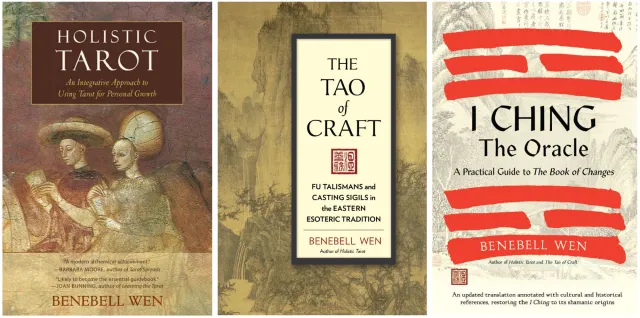Download the digital files to a text-driven 64-card I Ching oracle deck for a free companion tool to my book, I Ching, The Oracle (North Atlantic Books, 2023).
This is a serviceable everyday personal divination deck that also doubles as an easy, accessible introduction to the I Ching.
It makes for a great study tool as flash cards and for learning the Ba Gua trigram and Wu Xing alchemical phase correspondences.
For your convenience, I’ve also uploaded the files onto makeplayingcards.com. External link and info below.
The listing is $23.20.
- $22.95 of it goes to makeplayingcards.com, not me.
- Only $0.25 of it goes to me.
Yes, that’s right. A quarter.
But if you are on a tight budget, you can download the printables file and crafty craft your own DIY copy of the deck.
Apart from the six-line hexagram images, the card faces are text only. No one is trying to wow you with artistry here. =P
This deck is intended to be a functional beginner’s tool for learning the I Ching, to be used in tandem with the book, I Ching, The Oracle.
![]()













